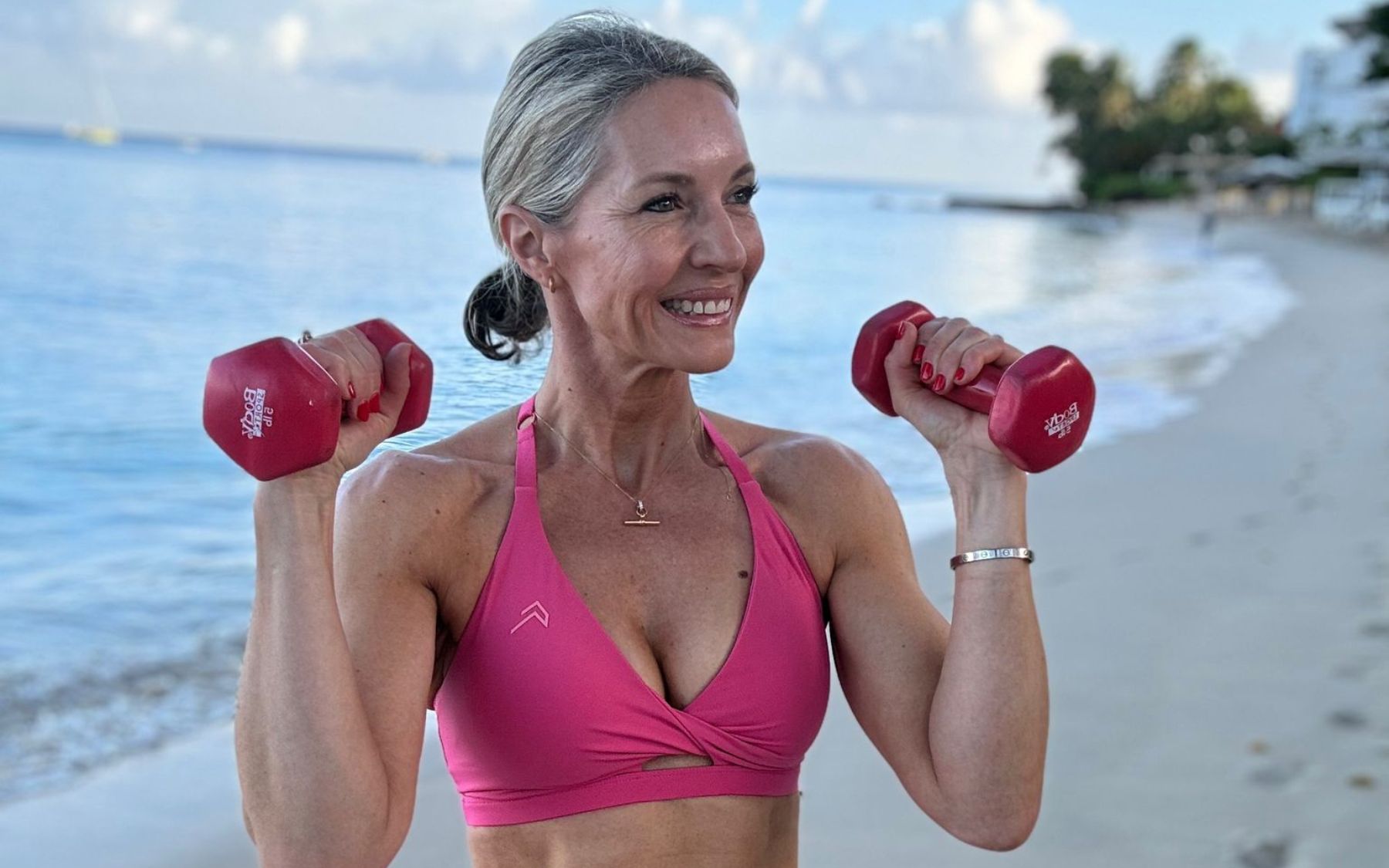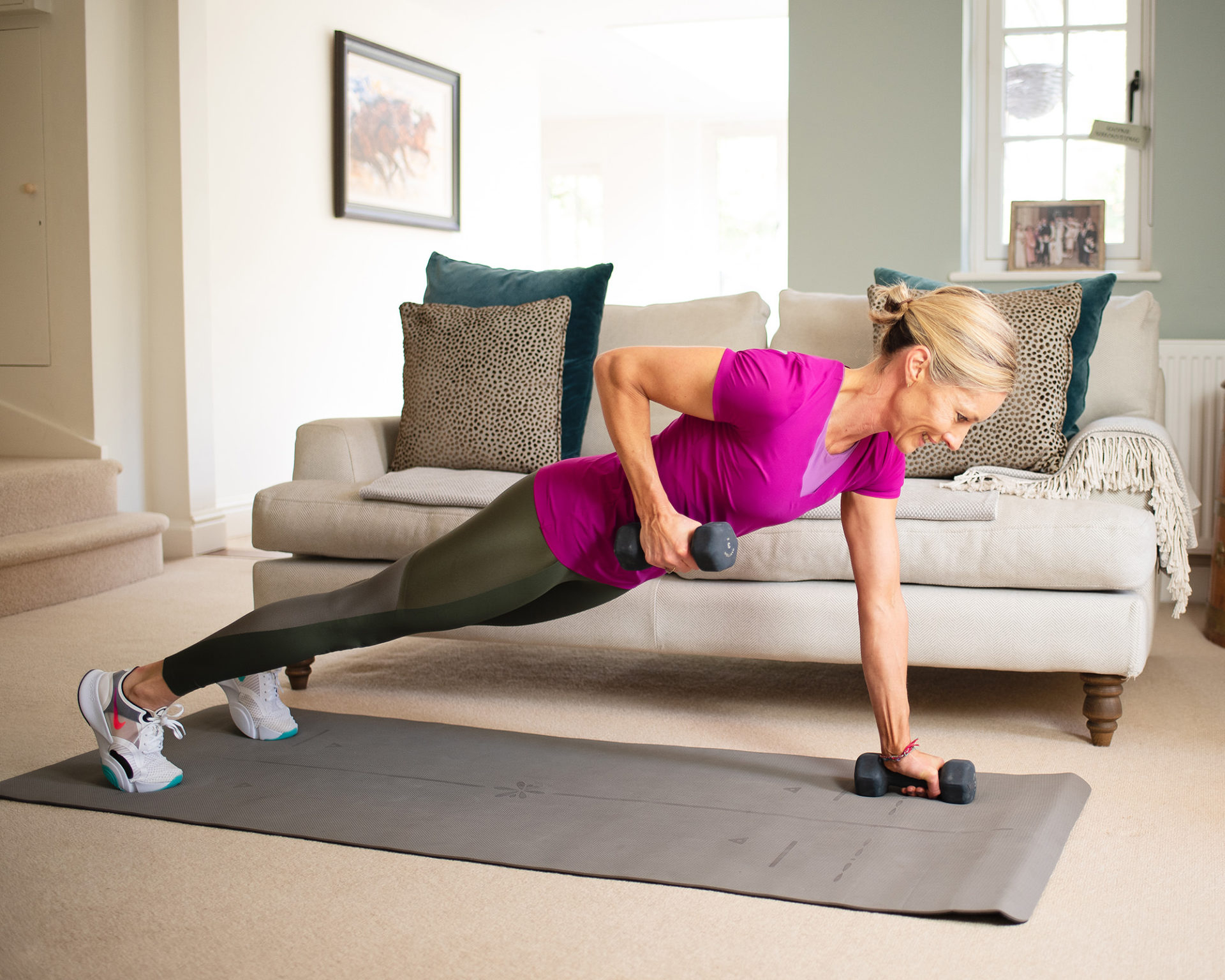For years carbs have been seen as the enemy and many weight loss programmes have historically advocated the “cut carbs” approach. Cutting out bread, rice, pasta and potatoes was advised but now there is science to support the notion that cutting out carbohydrates from our diet might in fact be harmful to our health.
To start with, carbohydrates are one of the key macronutrients we need. Carbohydrates fuel our bodies, they are the preferred fuel for all of our cells and organs to carry out their tasks. Without fuel we would just grind to a halt! They also help prevent muscle loss and enhance muscle recovery. There are two types of carbohydrates:
- Simple carbohydrates: these are found in sugars which have been stripped of their natural fibre. They are lower in nutritional value and are ok to eat but in moderation – more to follow on this.
- Complex carbohydrates: these are high in fibre and are found in vegetables, whole grains, fruits and whole, unprocessed foods.
Carbs fuel you
When we eat starchy carbohydrates they are broken down into glucose. When glucose enters our blood, if it is immediately required it is then used, however if there is an excess it is stored as glycogen in the liver and in the muscles. Only if there is still excess sugar in the blood, after these stores have been fully stocked, is this glucose converted into fat.
The studies have found that a diet where carbohydrates were removed was linked to artery clogging, accelerated ageing of our organs and an unbalanced gut microbiome. Government and NHS guidelines suggest that 50% of our daily energy intake should come from healthy carbohydrates such as brown bread, brown pasta and vegetables. Many diets such as the keto diet advocate removing carbohydrates and having 70-80% of the daily energy intake from fats and 20-30% from protein. This pushes the body into a state of ketosis where the body breaks down fats to ketones for fuel. This type of diet is sometimes prescribed for medical conditions. Epilepsy sufferers for example may be prescribed it as it has been shown to reduce seizures. There is also some evidence suggesting it to be beneficial for certain neurological disorders but not just for purely reducing body fat.
In a study which looked at the effects of cutting carbohydrates (reducing carbohydrate intake to just 8% of daily calories) or reducing sugars (this group reduced the free sugars eg syrups and sugars added to cakes etc). Both the carb cutting group and the reduced sugar group lost weight at 12 weeks but the carb cutting group showed some worrying results. Their blood tests showed increased levels of the bad cholesterol (low density lipoprotein), increased clotting protein and spikes in blood sugar following carb intake so their bodies became less able to handle carbohydrates after starving themselves of it. The reduced sugar group however showed lower bad cholesterol levels at 12 weeks.
Carbs and fibre
One of the other issues with cutting out carbohydrates is that our dietary fibre intake also reduces which puts our bodies at risk of other conditions such as diabetes, heart conditions, obesity and bowel disease, immune function issues and gut microbiome problems.
The fundamental message here is that cutting out or restricting carbohydrates is not going to help with weight loss and building/maintaining lean muscle but may instead cause health problems further down the line. Having a balanced, healthy diet which includes sensible carbohydrates, protein, fat, fibre and vitamins and minerals is going to stand you in the best stead!
So what are the good carbs that we want to make sure we have in our diet? Oats, sweet potatoes, pasta (ideally wholewheat), whole grain bread, quinoa, lentils and chickpeas. And what about the carbs to be mindful of? Sugary drinks, refined cereals, sliced white bread, syrups and honey, cakes and sweets.
Any questions please do get in touch!
Caroline x









